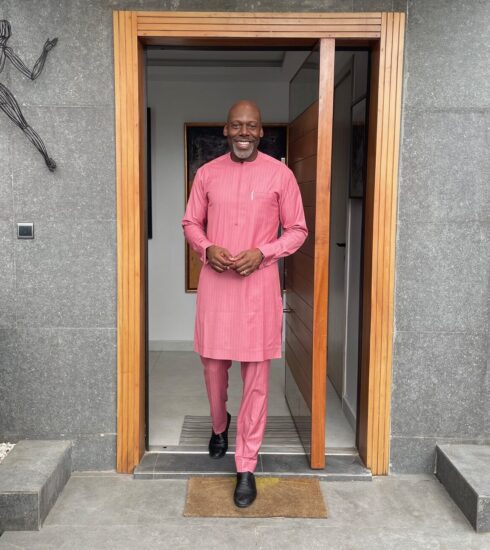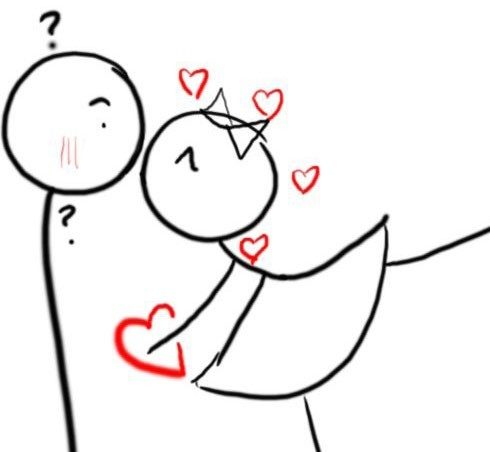The Tumor Of Modern Day Slavery Continues To Grow
The United Nations describes Human trafficking as the recruitment, transportation, transfer, harbouring or receipt of people through force, fraud or deception to exploit them for profit. Men, women and children of all ages and backgrounds can become victims of this crime, which occurs in every region of the world. The traffickers often use violence or fraudulent employment agencies and fake promises of education, job opportunities, and a better life to trick and coerce their victims. There is no exemption to the people who aren’t safe. Coercion and deceit are common tools used by these traffickers to trap their victims.
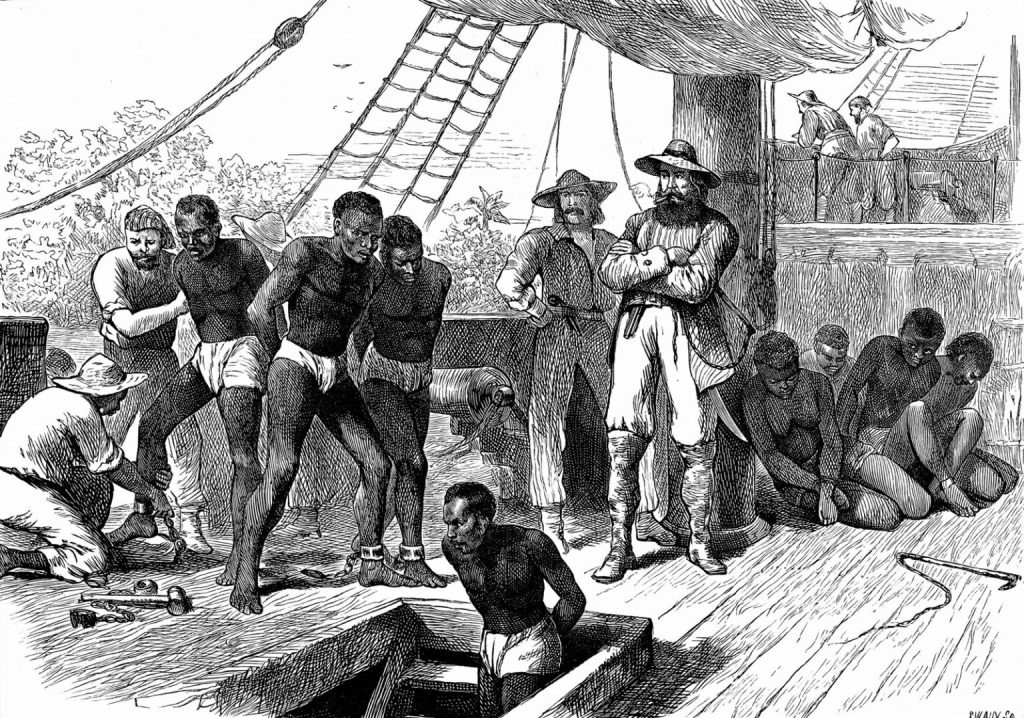
The office of the Drug and Crime arm of the UN further elucidates that this crime is perpetrated for any of the following reasons: sexual exploitation, forced labour, domestic servitude, organ removal, debt bondage and forced begging. Any one of these reasons might be the motive for the crime; more often than not, sex and modernday slavery are the most widespread cases. With Africa and Nigeria hurling towards evolution, in different sectors across the board, (music and afrobeats taking centre stage, Nigerian fintech companies becoming unicorns faster than anyone imagined and Africa having the highest proportion of female board members in the world at nearly 15% according to Business Insider Africa), you’d be saddened at the news that such hellish crimes end up falling through the cracks and germinating into a whole syndicate. For anything to exist, thrive and, like in the cases of these crimes, fester, there must be a reason.
Think of the food chain; pasture exists to feed the animals that would end up being sources of nutrients for humans and animals. Mosquitoes feed on humans and livestock to survive. Sadly, they aren’t privy to all the details and are acting on the impulse to feed. In the grand scheme of things, some of these animals are treated poorly, and the fight against malaria is ongoing, so nature must take its cause. The discussion of if the preset structure should still be adhered to is one for vegans and meat-eaters to have but at the end of the day, everything exists for a purpose. As much as we’d all like to read about world development and innovative stories on Quartz and Forbes, humans’ needs are unquenchable. For some, it’s material; the new Mercedes-Benz, a new Louis Vuitton handbag or Jimmy Cho shoes. For others, it may be societal status and fame. While for a select few, it’s as little as putting food on the table. These needs (material or not) often make people narrow-minded. It blurs the line between rationality and humanity which leaves the window open for susceptibility to creep in. Enslavement is largely prevalent in densely populated parts of the world where economic conditions and cultural standards are gargantuan problems. People are trafficked for purposes such as sex slavery or actual unpaid harsh labour. Nigeria, the continent’s economic powerhouse, has human trafficking as its third-largest crime.
History of Slavery
But before getting into the nub of what 21-century slavery is, we must first explore the not-so-scenic route of the origin of slavery. To a time when it was less of a scene and more of a norm. Before Christ, the management of help was a huge practice. It had always been there.
In two of the oldest continents; Africa and Asia, having a slave was a common practice. Old monarchical systems recorded the existence of service. In 2015 a headline read: Ooni of Ife, Oba Okunade Sijuwade Burial Delayed as “Abobaku” Runs Away. Abobaku is a title that means “The one who dies with the king”. He is a person that is appointed upon a king’s coronation, to be buried with the king when he eventually dies. Abobaku’s job is to serve the king, die with the king, be buried with the king, and attend to him in the ‘afterlife’. The families of the Abobaku will be taken care of. Although this rite had long been abolished, it was a system that worked in those days. These aids were well catered for; they could have a family and live as humans. Everyone understood and operated within that structure. When Asia started to trade with Africa, the trade of slaves was run under the same principle; that although slaves were treated as second-class citizens, they had rights, were human, and should be treated as such. Slaves could even buy themselves out of slavery. It was more of a case of coming to trade in Egypt through land as an Asian, and going back with two African slaves to help you with the goods.
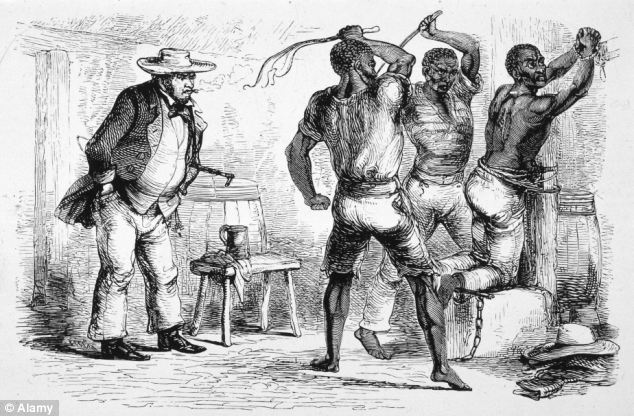
However, when the British and other colonies arrived in Africa on boats under the guise of trade, they saw the continent as the land they could rule and possess. Control everything and further develop their country. So when the Caucasians came and traded resources with Africans, they (Africans) saw them as a sick version of Asians–who, at the time, had propagated with blacks and, because of their travels, had darker skin. The Europeans were pale-looking and frail. Very different from what they were used to but still welcomed themffor trade. It was normal to trade their slaves, knowing that these slaves would be treated as they were back home and as the Asians did. This was not the case. During this trade, blacks were captured and dehumanised because they weren’t considered humans and were classified as apes. They discovered that African skulls were bigger than what they understood the skull to look like and were far stronger. And because knowledge was restricted to the scholars, they had the autonomy to document their assumptions. Armed with this, they returned to try to dwell amongst them and rule over them. Blacks were seen as tools and equipment to tend to their cotton farms; this began what we now know as slavery. Fast forward to now, the 21st century. Four generations after our freedom from slavery and dehumanisation, there’s a new shackle on our feet hidden beneath its modernity.
Trafficking of any sort is a problem most economies have faced and are facing. According to the International Labour Organization(ILO) estimates, there are 40.3 million victims of human trafficking globally. 81% of them are trapped in forced labour. 75% are women and girls. 1 in 4 victims of human trafficking is a child. Pakistan, Thailand, China, India, and Bangladesh are in the top 10 countries with the largest number of trafficking victims worldwide. India is at the top of the list with 14 million victims, China comes second with 3.2 million victims, and Pakistan comes third with 2.1 million victims. Nigeria is ranked 32 out of 167. Between the ages of 16 and 25, women make up 76.6 percent of the total number of trafficked individuals. The total number of trafficked individuals outside of Nigeria is still unknown. Some of these people are kidnapped under false pretences of the promise of a better life, good working conditions and residency. Only to be trapped in exploitative situations. Millions of people worldwide are trafficked across the world for cheap labour. The ILO estimated that forced labour produced an estimated $150 billion annually in 2014, making it one of the most lucrative crimes in the world. In the case of sex trafficking, the numbers are dicier to ascertain primarily because of its covertness. The ILO estimated in 2012 that 4.5 million of 20.9 million people trafficked were subjected to sex trafficking. And in 2016, ILO reported that of the estimated 25 million persons in forced labour, 5 million were victims of sexual exploitation. What this data has done is create a heatmap of what fuels the cancer that is modern slavery; cheap labour and sex.
Could Sex Tourism Be a Cause?
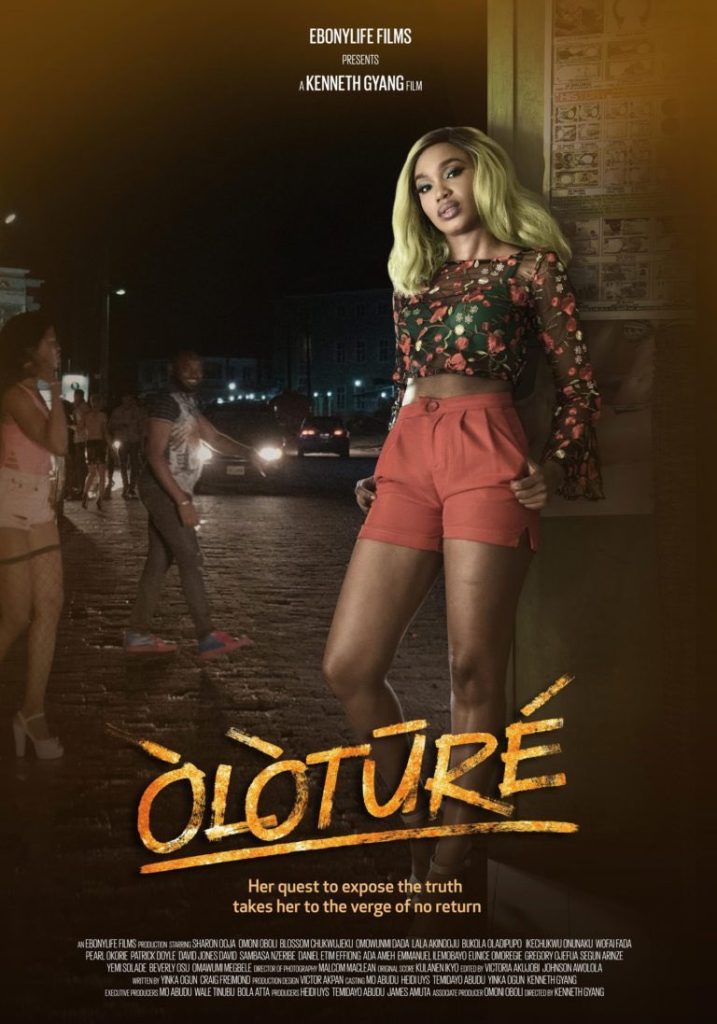
The Nigerian-produced Netflix movie Òlòturé shed a glimmer of light on what the sex trafficking scene is in Nigeria. It told the story of a female journalist, Òlòturé (Sharon Ooja) who went undercover as a prostitute in a human trafficking ring. It also told the story of a struggling Linda (Omowumi Dada), who, in a bid to make things better for her family, paid to get trafficked through the Sahara desert to Italy. Spoiler alert, she died without even leaving the country. In the past, Lindas have tried to make this perilous journey yearly. Others have met other Lindas in holding, having been kidnapped while running errands. These victims are usually hijacked from their normal lives or deceived and sold across Europe to brothels that cater to exotic sexual preferences. On average, 77.7% of women ages 18-27 were trafficked for prostitution from 2013 to 2015, with 94% of them hailing from Edo State, according to the Nigerian Bureau of Statistics (NBS). Wikipedia places the emergence of sex tourism in the late 20th century with countries like the Gambia, Brazil, Egypt, Turkey, the Goa area of India and Sri Lanka, which are popular for female sex tourism. It is recognised as a multibilliondollar industry that directly supports service sectors, including the airline, taxi, restaurant, and hotel industries and employs millions of people worldwide. Would it be wrong to assume that Nigerian victims haven’t been trapped in this system? Forced to work against their will–because someone somewhere hasn’t had sex with brown skin –and has had unspeakable things done to them. Does the provision of sex tourism, perhaps, open a portal of opportunity for traffickers?
NBS’ report also puts the number of those trafficked for forced labour, within the same period, women aged 18-27 made up 67.5% of the total. Poverty is at the root of Nigeria’s human trafficking problem. Desperation and exploitation occur because 40.09 percent of the population of the country live below the poverty line. As a result, many people leave their hometowns in search of better employment opportunities or to further their education. Instead, they unintentionally enter forced labour. Sometime last year, a list of addresses of alleged kidnapping fronts disguised as job vacancies made rounds on social media. Along with the country’s socio-cultural customs and limited economic possibilities, this behaviour has also been made more common by illiteracy, the need for inexpensive labour, and socio-economic conditions.
A Multisectoral Solution
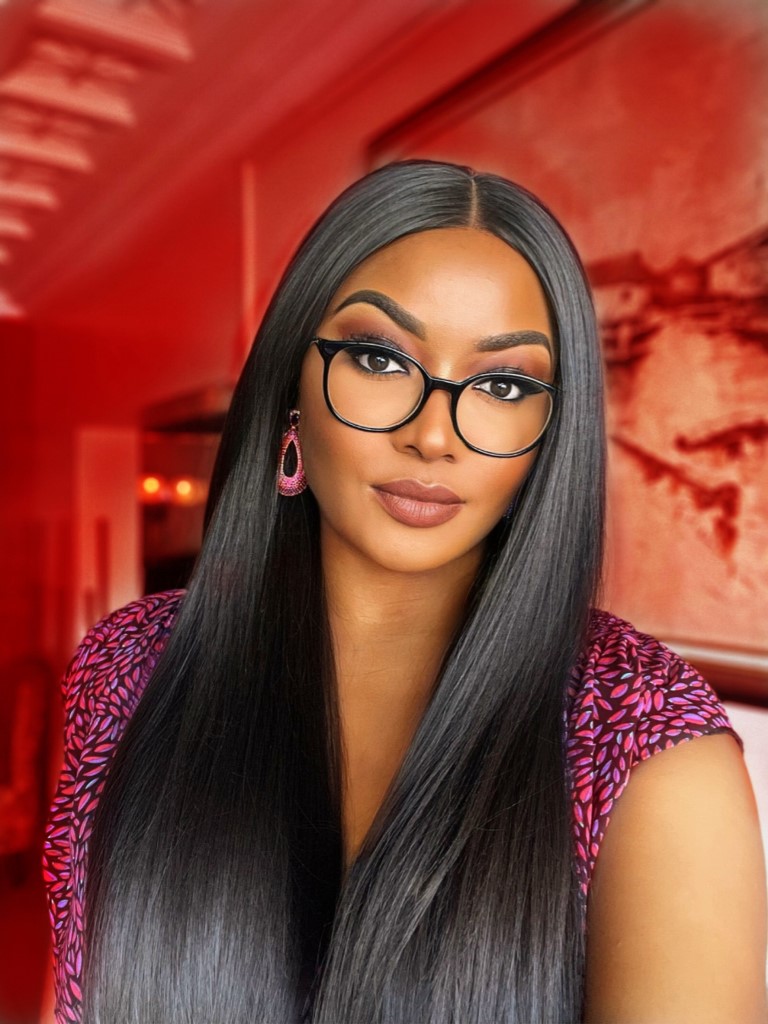
Dr. May Ikeora
Frequently when we have human trafficking conversations, we focus on sexual exploitation. This has in some way skewed the perception of the crime in most people’s minds. The practice, which has been around since the creation of the first man, has taken so many forms, which boils down to two key components at its very core: the movement of a human by another human and any form of exploitation thereafter. How do you find a solution to a problem people don’t even understand? To seek ways in which human trafficking can be mitigated, we reached out to the technical advisor to the Governor of Edo State on human trafficking, Dr. May Ikeora.
Dr. May, who is also an Entrepreneur, Author, Human Rights and Women Empowerment Advocate, and one-time Miss West Africa, has a rather holistic view of this age-old crime. She said, “Trafficking is the second most lucrative business in the world. And it’s something that’s been around for so long that some people don’t think we can find a solution for it and can only reduce it. It has kind of taken different shapes and patterns over the years. For instance, if you look at the definition of trafficking from the 1961 convention and other older conventions of slavery, people look at it from the element of abduction, as we saw with transatlantic slavery. Today it’s not about abduction or kidnapping anymore; people actually submit themselves to that crime without understanding the extent to which it would affect them. All these dynamics become a bit of confusion as to how we can define trafficking in the way it happens today.
Trafficking today has become as easy as assuring that prey end up in the ‘promised land,’ regardless of what they have to do to get by.”
Dr. May then gave damning statistics that show how much work has to be done to overcome human trafficking in Nigeria, most especially in Edo State. She revealed, “One of the reasons why Edo State is key is because 90 percent of people trafficked are from Edo State, and this is based on statistics as of 2017. Also, 60 percent of irregular migrants in Nigeria are from Edo State, so it means that if we solve the problem of trafficking in Edo state, we’ve solved 90 percent of trafficking and 60 percent of irregular migration in Nigeria. Now, while Edo state can be seen as the epicentre of where it started, it doesn’t mean trafficking is not happening in so many other places that even the government is unaware of. We’re just lucky that the governor of Edo State has taken it upon himself to make sure that that is being tackled. But sometimes, when people go into the history of trafficking, it goes back to those days when these women who sell jewellery go to Italy to trade. Then that trend evolved, and if you do some research, you will see these women have evolved from traders to being ‘Madams,’ and it just continued that way.”
Dr. Ikeora dug deeper, “For me, to find the solution to trafficking based on all I’ve experienced, I think that it’s very important to really understand trafficking that happens around us for us to be able to find a solution. Most of the time, people try to find a “one size fits all”, and that’s one of the criticisms the UK government has to deal with. And then there is the Nigerian government which is complacent because of the enabling environment that sort of pushes people to be trafficked in the first place. And I can tell you for sure that the push factor for trafficking five years ago is not the same in today’s Nigeria. There are key things that make up the push factor. I mean, poverty is always on the list. There’s also gender-based violence and all the little things, such as the fact that women are considered secondclass citizens and the easiest prey. There’s a herd mentality in Nigeria in cases when someone does something, and they are successful with it, everybody wants to join; this is how I explain what happens in Edo state. Edo state is not the poorest state in Nigeria, yet that is where most of the people are being trafficked from, and that’s because the people in Edo state can see the dividend in trafficking every day in their community, and so they encourage this life where young people aspire to be trafficked.”
If you look at trafficking through the lens of capitalism, it takes on the guise of a symbiotic relationship—the trafficker offering the semblance of a better life, the trafficked willingly giving self as a bargaining chip to be used. Dr. May spoke on this dynamic. “Because some of the victims of trafficking readily agree to it, it doesn’t mean it is not a crime. If I told you to cut off my hand, and you did, then you’ve committed manslaughter. Even though I had told you to. Just because I agree to a crime doesn’t make it less of a crime, a crime is a crime, and trafficking is trafficking. But today, the thing I see as a push factor is our greed. Today, when young girls go to Dubai and portray the rich lifestyle that we see on social media, it is not very encouraging, leading to many things. Girls are willing to do anything just to be able to show off on social media. Social media pressure is one of the new things today that has pushed a lot of people to normalise trafficking. Not just for girls that are being used, but also those that have gone on to become Madams and are the same ones now recruiting girls from Nigeria, especially in Lagos and taking them to Dubai to run this franchise.”
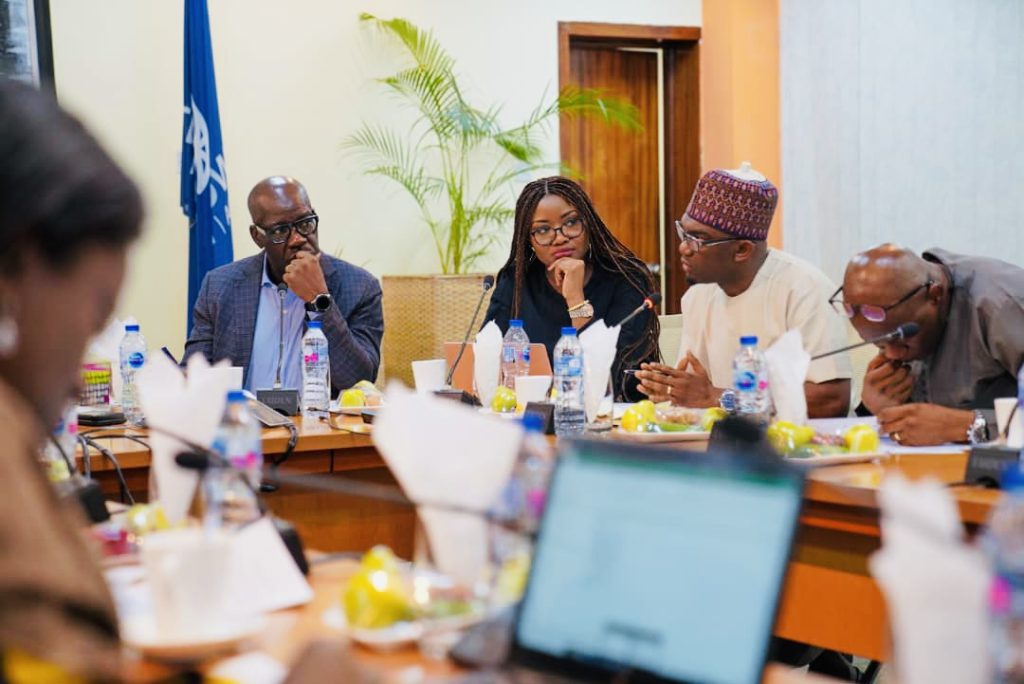
Dr. Ikeora with Gov. Godwin Obaseki
She continued, “People can be trafficked for false marriage, organ harvesting, domestic servitude, labour exploitation. In fact, if you look around you, you’ll see trafficking every day— domestic servitude, domestic slaves, underage girls and boys working in our friends’ houses, what do you call that? It is domestic servitude. That is trafficking. They brought them from somewhere, that is movement. What is the endgame? They are exploiting them. Really and truly, what I will say is that no one is not at risk of being trafficked. It starts with vulnerability; it is a key thing here. How we measure vulnerability differs, and it doesn’t always have to do with money. There are poor people who are not vulnerable, and people in the middle class that are vulnerable. Vulnerability is in what they consider important to them.”
How do we begin to find solutions to a problem that is so multifaceted that people don’t have a full grasp of it? Although Dr. May’s holistic approach talked about the legal aspect of things, the focus was on the socio-economic elements that have conditioned its normalcy. She proposed, “First things first, the government need to accept that they have that problem, and once we accept that we have that problem, then we have to put laws in place. But it is one thing to put down laws, and it’s another thing to enforce them. We have laws in Nigeria that should help us eradicate human trafficking, but enforcing those laws is where we have an issue.
Trafficking itself is a multidisciplinary area that requires not just the legal aspect but also the socio-economic elements to make it work. It is also the overall system that actually forces strategy; how does our government ensure that we have the right economic situation that reduces the vulnerability of people. So you can see that there’s no one straight solution to trafficking on the one hand, and it requires a multisectoral approach, so different sectors need to come together. And we already know the system we operate here in Nigeria, how most things don’t even work. But let’s put that aside and think about the citizens. What can they do? One of the things I mentioned in my book and stand strong on is that we are elements of social change. Social change is when the general public starts to see something differently. For instance, if you talk about domestic violence, a man beating a woman wasn’t as frowned upon 20 years ago as it is today. Nowadays, as a man, you can’t publicly announce that you beat your wife. That’s because there was a social change. We see trafficking around us every time but can’t call it down. In fact, if you go home today, you will probably hear one of your friends tell you, “that my girl wey dey for house…” Ask that friend, “how old is that girl?” Okay, let’s say the girl is not underage and is an adult; how much do you pay the person? There’s domestic servitude and labour exploitation; things we do in Nigeria every day.
If we keep making trafficking all about sex, we will never resolve it. It is one of the highest human rights violations in the world. It is just a modern way to describe transatlantic slavery. I would say that there needs to be a social change towards every measurement of trafficking, not just sexual exploitation, because as you know, anytime that anybody talks about sex in Nigeria, everybody wants to listen. People think trafficking is always about sex. Actually, sex underrates the extent of trafficking and the scale of it. Let’s look at our immediate environment as a people and ask ourselves what around us look like trafficking and do what we can, then we can begin to speak. Because we can eliminate it. Have you seen the way people talk to their drivers, cooks and so on? That’s the beginning; that’s how it starts. Let’s begin to humanise ourselves because we dehumanise our fellow citizens in this community.”
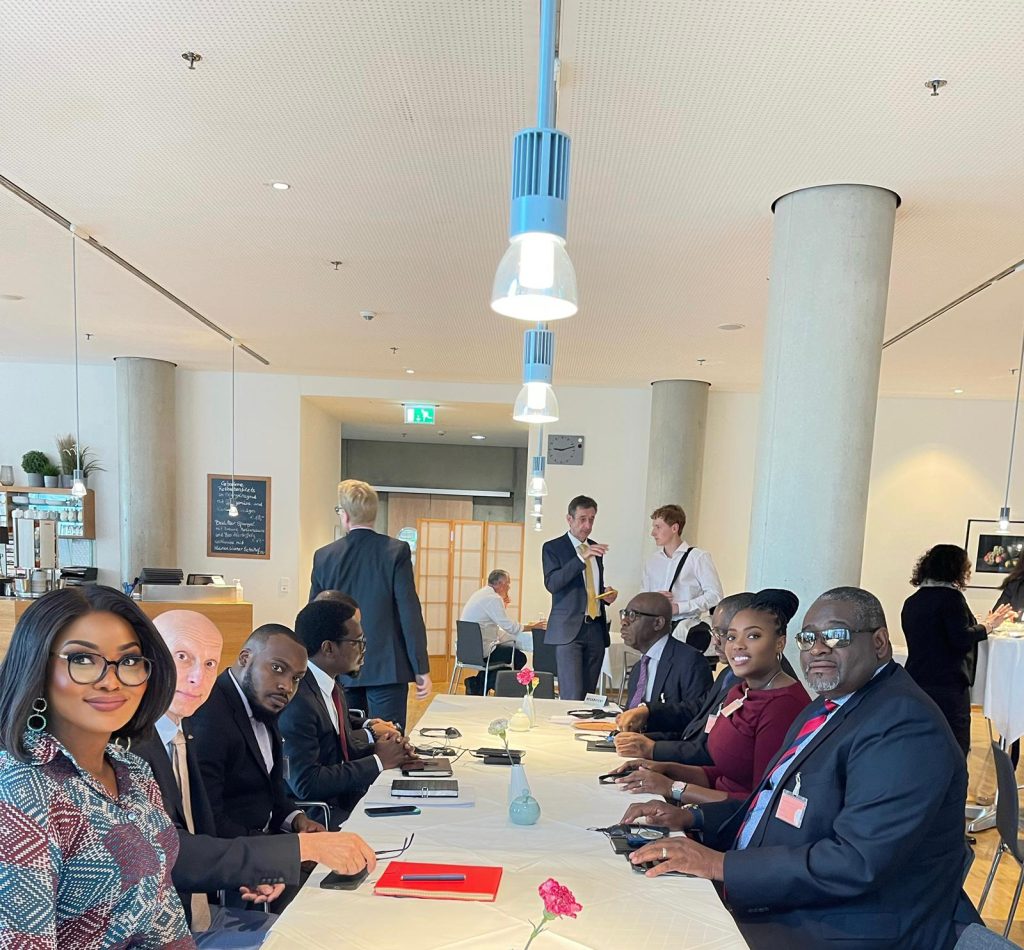
Dr. Ikeora With Governor Obaseki of Edo State(Far Right) And Team




